
Roman Gladiators: Common Criminals and Star Athletes
Perhaps one of the most enduring legacies that the Romans have left us is their love of sport and spectacle. Their appreciation for ostentatious displays of entertainment has been enthusiastically embraced in the modern world in all of its countless forms. The Romans had various forms of games and events that they hosted but the most fascinating and studied of these were the gladiator fights.
The gladiators, at least as described by popular culture, were slaves turned into fighters against their own will. Forced to do battle with one another in vast arenas around the Roman Empire for the amusement of the fickle common crowds and the debaucherous elites. While certain aspects of the lives of gladiators are properly communicated in modern times, there are plenty of falsehoods and misunderstandings about what the day-to-day life of gladiators experienced as well as their place in Roman society.
Origins of the Games
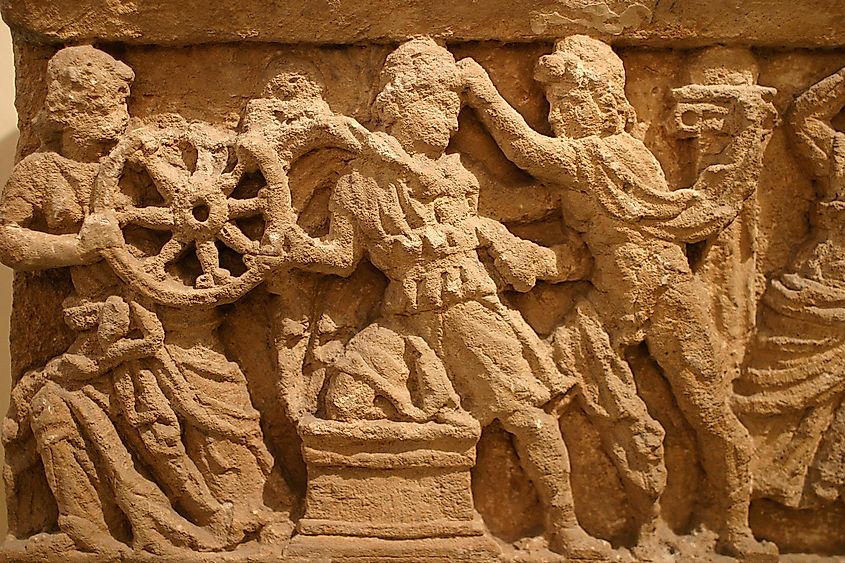
The first instances of gladiatorial combat did not originate in Rome but rather with the Etrucscans. The Etruscans were an ancient people who lived on the Italian Peninsula at the same time as the Romans. The Etruscans had a remarkable influence on the culture and customs of the Romans and even ruled over Rome itself for a short time. The Romans eventually conquered, subjugated, and assimilated the Etruscan people but in doing so certain aspects of their lifestyle lived on through the Romans. One of these practices was the concept of gladiators.
Gladiators in the time of the Etruscans and even the early Roman Kingdom played a much different role compared to how they functioned in the Roman Empire. Gladiators first fought during Etruscan funerals. These fights were almost always to the death and were done so for religious purposes. It was believed that whoever was killed in the fight would then go on to protect the recently deceased person in the afterlife. As bizarre as this might seem, it was likely considered an honor to die in such a way.
In later centuries, during the time of the Roman Republic, these gladiatorial fights started to become a form of entertainment rather than a ritualistic battle to the death. The earliest recorded example of gladiator fights being held in Roman times was in 264 BC during the funeral of a Roman aristocrat.
Early Roman Games

Gladiator fights were widely popular within all rungs of Roman society. The poorer citizens of Rome would have likely viewed these kinds of games in smaller arenas near their local town or even in cramped fighting pits attached to taverns. The rich could, of course, hold much larger private events. In the games held by the wealthy, it was not uncommon for the affluent members of Roman society to buy and sponsor gladiators for such an occasion.
Games could also be thrown by the Roman Senate in the wake of a successful military campaign or as a way to celebrate certain holidays. These tended to be much larger in scale and allowed for both the rich and poor to view in the same venue. However, each section of the area was segregated heavily along class lines. The influential and powerful elites got the front-row seats whereas the commoners were relegated to the "nosebleeds."
Religious elements still played a role in the fighting but this started to wane towards by the time of the late Roman Republic with the various rites and ceremonies being nothing more than symbolic and a nod to traditions. By the time the Colosseum was built in 80 AD gladiator fights had as much to do with faith as entertainment in our time today.
Who Became Gladiators?
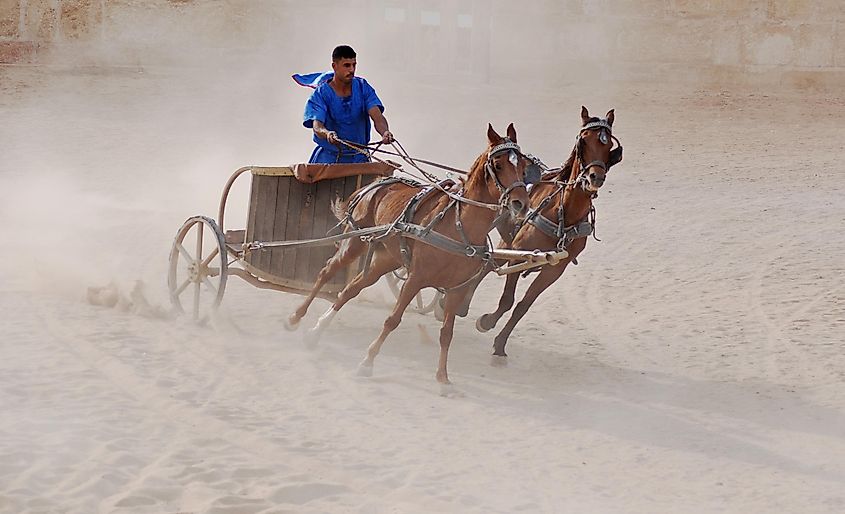
Most gladiators were slaves. These slaves turned gladiators were usually captured during the countless military campaigns across the ever-expanding Roman Empire and forced into a life of fighting. Slaves captured in war were then sold to gladiator schools where these new pupils would be taught the ropes.
Gladiators were often divided into certain classes that came with a predetermined set of armor, weapons, and fighting styles. Someone's physical size and ethnic background played a large role in determining what kind of gladiator they became. The Romans were incredibly creative when it came to making these classes of gladiators and loved nothing more than arguing with one another about which style of fighting was better and which matchup was more favorable than the other.
The Cestus, for example, was given nothing more than an early form of a boxing glove that was adorned with metal spikes that protruded out from the knuckles. Other than that a Cestus was given no protection and fought in nothing but a loin cloth.
A Retiarius typically fought using a trident, a short dagger, and a net to ensnare their opponents. They were offered some protection in the form of scale armor that covered much of their arm. These are some of the most famous types of gladiators and are depicted most commonly in art and other forms of media.
A Hoplomachus most commonly hailed from Greece or elsewhere in the Hellenic world. fought in a similar style to that of a hoplite. They had a large round shield, a short thrusting spear, and a short sword. They were given long-scale armor that protected a single arm along with a helmet that covered the entire head. A Hoplomachus was only able to see out of this helmet through a few select holes in the front. This style of gladiator had considerably better protection than others but traded this for visibility and speed.
Despite the majority of gladiators being made up of prisoners of war, there were plenty of instances when Roman citizens willingly joined a gladiator's school in hopes of gaining fame, wealth, and glory. Many of those who chose to be a gladiator were either young men and boys looking to make a name for themselves or were ex-soldiers who had spent time in the Roman legions on the frontiers. Desperate men looking to pay off debts were not uncommon either. Surprisingly, women were also allowed to fight as gladiators but this was outlawed in 200 AD.
Criminals were also thrown into these games as a form of punishment. Those who had committed severe crimes such as rape or murder were often thrown into events last minute with the expectation that they would die as a result. In many cases, these criminal "gladiators" were given little to no protection and were usually fed to wild animals like bears, wolves, lions, and tigers for a short intermission between actual gladiator fights.
While certain members of the Roman aristocracy looked down on the gladiators as brutish slaves, by most accounts, they were adored by the lower classes. Countless examples of graffiti have been recovered by archeologists which brag about and celebrate certain gladiators and their accomplishments. There were plenty of gladiators who rose to such levels of celebrity that they would even endorse certain businesses and politicians similar to how modern sports stars do today.
The Games Themselves
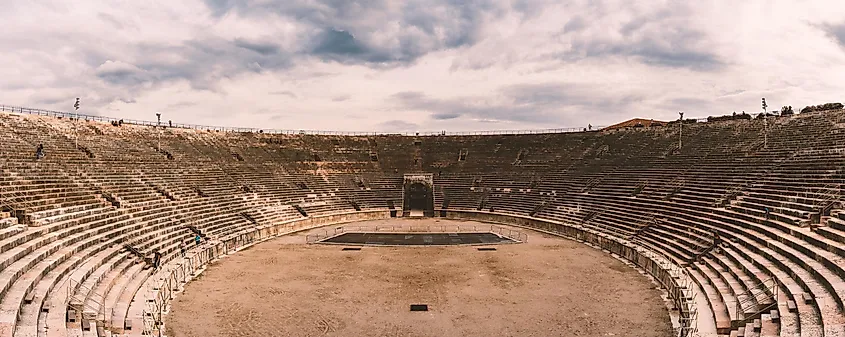
Notice of large gladiatorial events was usually given a few weeks in advance to stir up as much hype and build-up as possible. Promotion was done by handing out flyers, stringing up large posters, and sending speakers to the city square and other public venues.
With a few notable exceptions, gladiatorial games in Rome would have only taken place a few times each year. However, it was not uncommon for celebrations and games to last months at a time. This depended of course on who was emperor and how much money the Roman government was willing to spend. Regardless, any event held in the Colosseum or in other arenas in other major Roman cities was nothing short of spectacular. Some of these areas could hold tens of thousands of spectators at a time with the Colosseum being able to host as many as 87,000.
Despite common belief, it is likely that gladiators did not fight to the death as often as previously thought. While it was considered the mark of a professional to kill an opponent outright, it was another story for someone who was wounded or surrendered. Death was obviously not rare but there does seem to have existed a kind of fraternal brotherhood between gladiators that often resulted in a defeated opponent being spared rather than being dealt a killing blow. The gladiators were in part, also expected to be a vessel to display Roman senses of honor and virtue. It was somewhat frowned upon for a gladiator to kill another after both warriors had displayed stunning feats of bravery and martial skill. It is now thought that it was more common for a defeated gladiator to be given a shallow cut across his face or torso to symbolize his loss rather than being executed.
Many gladiators even belonged to organizations that made sure that they would be given proper burial rites if they ever died fighting. Acting as a kind of labor union of the Ancient World, these groups had members from all across the world of gladiator fighting and it surely created a sense of community and mutual respect amongst the gladiators.
Day to Day Life as a Gladiator
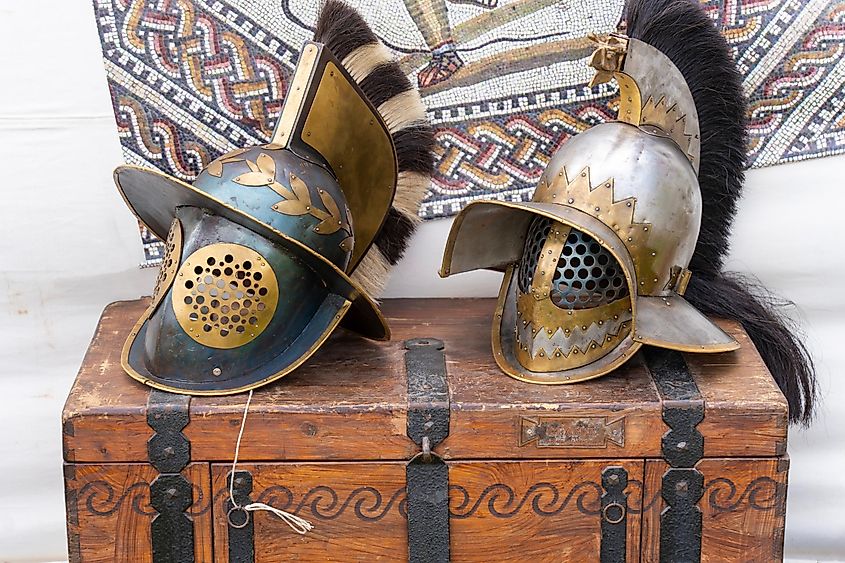
Even though most gladiators were slaves, they lived considerably better lives than those who would have worked on the massive plantations that dotted the countryside. The living conditions of gladiator schools were often cramped and crowded but this was compensated by receiving a robust diet of fortified barely. Something that would have been almost unheard of for a slave working in agriculture. Gladiators could also be granted their freedom after a successful career in the area, something that was much less common for the average slave.
Gladiators were also given the best medical attention that money could buy. Whether they were recovering from an injury sustained from training or had fallen ill, the best doctors in the city were on standby to assist in any way they could. This was not done for some humanitarian reason but as a way for a gladiatorial school to not lose on its investments. Tons of money, time, and training went into getting gladiators ready for combat. If a prized gladiator died prematurely then it would mean taking a substantial financial hit in the process.
A gladiator spent most of their time drilling for their next match. In most cases, the matchmaking was not revealed until only a few days before the fight. Gladiators could also be fighting multiple times per event. If games were being held for weeks at a time it was expected that a gladiator would make multiple appearances.
A Larger Effect on Roman Society
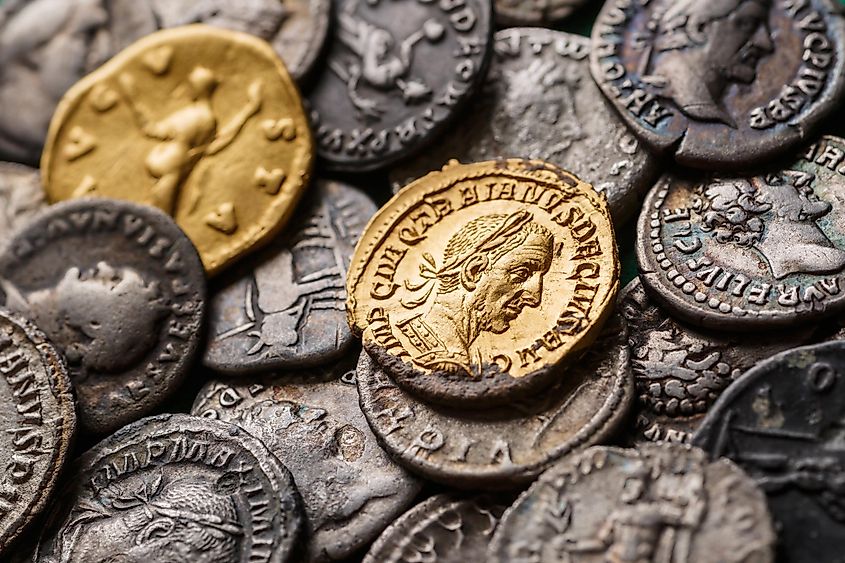
The effect gladiatorial games had on Rome extended much further than the walls of the Colosseum or arena. The most famous gladiator Spartacus lead a revolt against the Romans in 73 BC in Southern Italy. Spartacus along with a handful of other gladiators escaped and led a rampage across the Roman countryside. Spartacus was severely underestimated by the Romans and managed to defeat numerous armies that were sent to crush him. However, after years of evading capture, he finally met his end at the hands of Marcus Licinius Crassus, one of the most powerful of the Roman Republic. Spartacus was killed and his remaining 6,000 followers were all crucified as punishment.
Gladiator games became such an influence on Roman culture that even emperors wanted to partake in the action. Emperor Commodus (r. 180-192 AD) went as far as to personally fight in gladiatorial combat. It is assumed that nearly all of these matches were fixed or at the very least favorable for Commodus and it was rare that he actually faced down a human opponent. It appears as though his time spent in the arena was usually from a raised platform shooting a bow and arrow at exotic animals. Regardless, his participation was considered to be shameful by the Roman elite, and a conspiracy was formed to have him killed. In 192 AD, the conspirators convinced his wrestling coach to strangle Commodus in the bath.
The average Roman became so obsessed with the games that there were even riots in response to the outcomes of gladiatorial fights or when fights were canceled or postponed. It is largely agreed by historians that these kinds of activities were often promoted as a way to distract the Roman public during times of hardship and disaster but sometimes these month-long events had the opposite of the intended outcome. The average Roman became so obsessed with the games that there were occasional riots in response to the ending of gladiatorial fights or when fights were canceled or postponed.
The End of the Gladiator
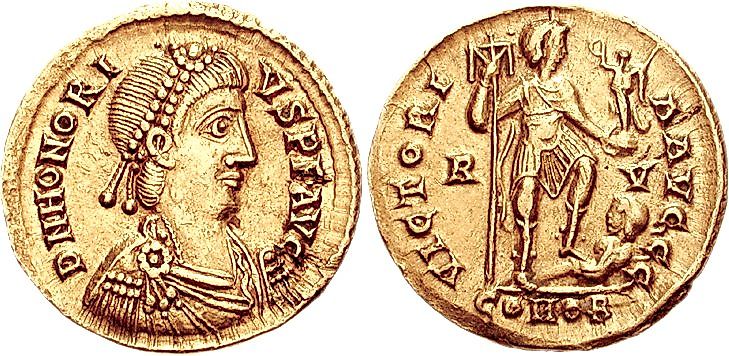
As Christianity began to grab hold of the empire in the 3rd and 4th centuries, gladiator games slowly fell out of fashion. In 380 AD, Christianity was made the official religion of the empire by Emperor Theodosius which accelerated the phasing out of pre-Christian, pagan traditions.
In 404 AD, Emperor Honorius officially outlawed gladiator fights after a monk was stoned to death by an angry crowd when he tried to get in between two gladiators fighting one another. Fights continued to take place in secret but the large-scale festivals of old were now illegal.
The Roman tradition of feeding criminals to animals was still allowed to continue for a few more decades but this too was eventually ended. Chariot races and other traditional Roman pastimes persisted but the age of the gladiator was over.











